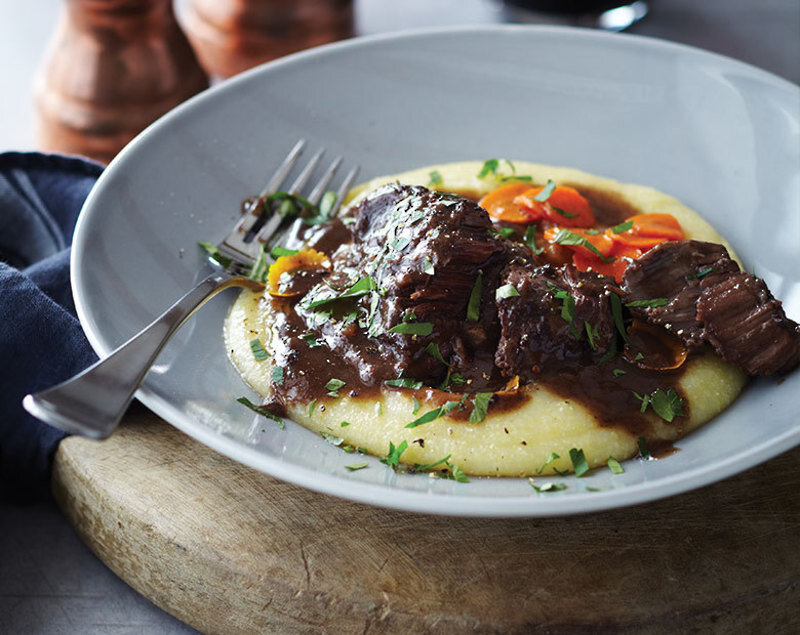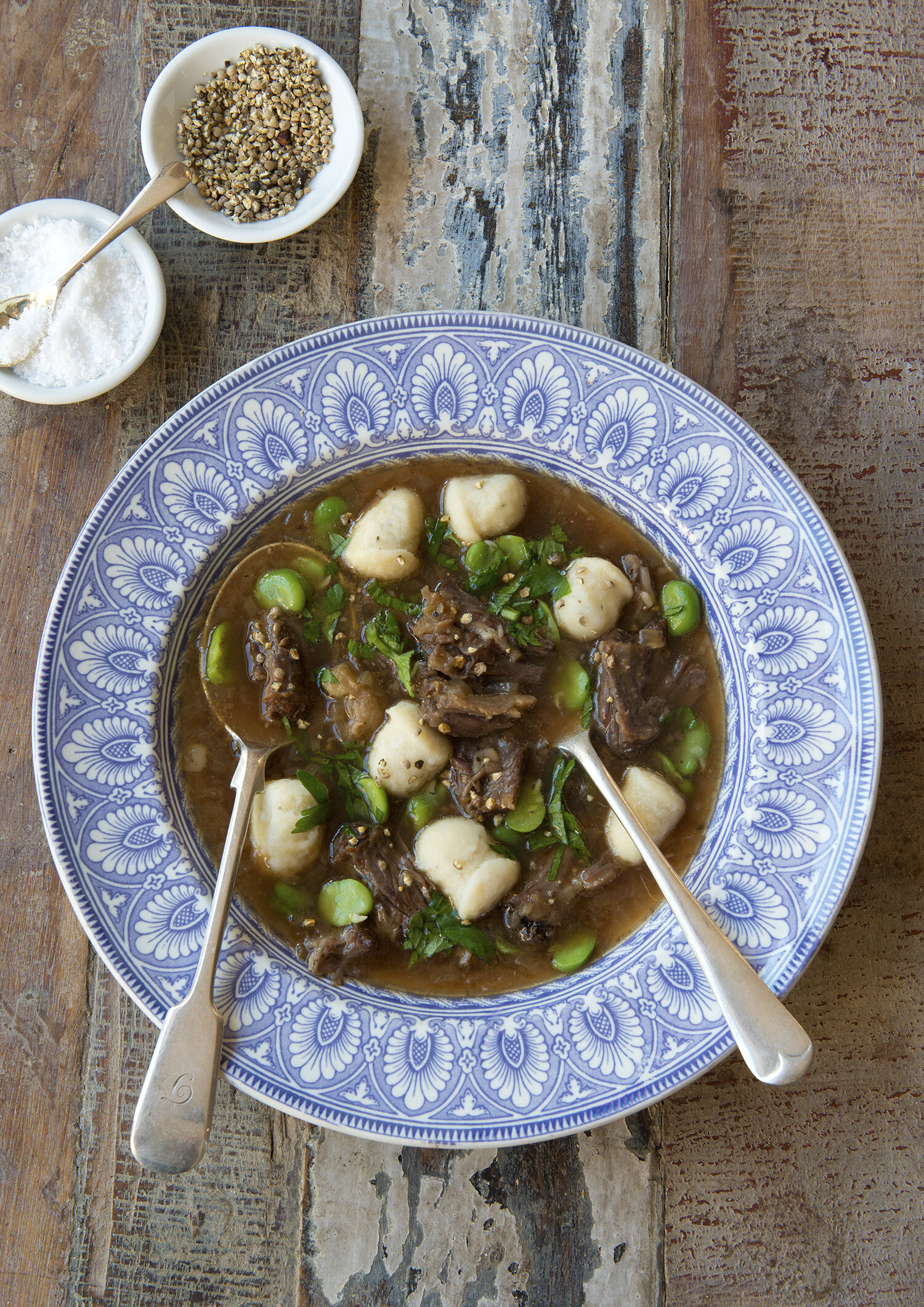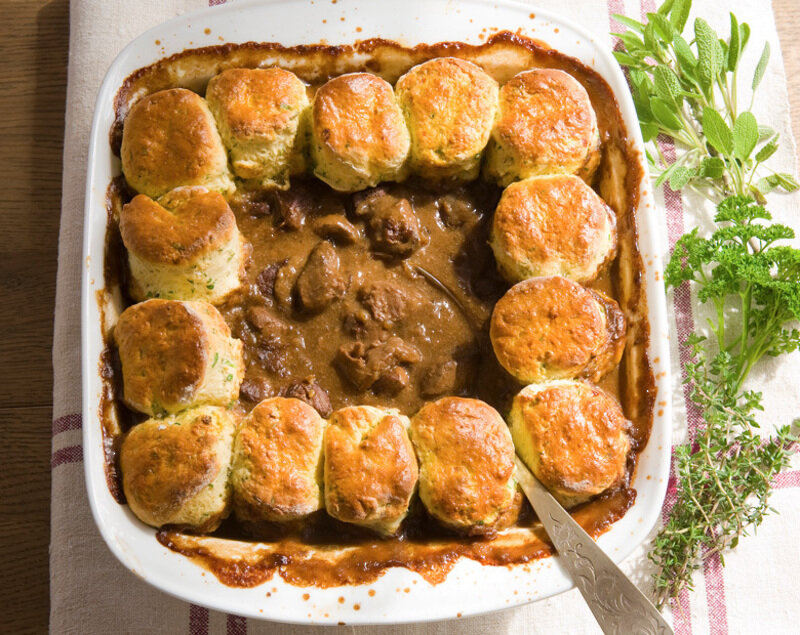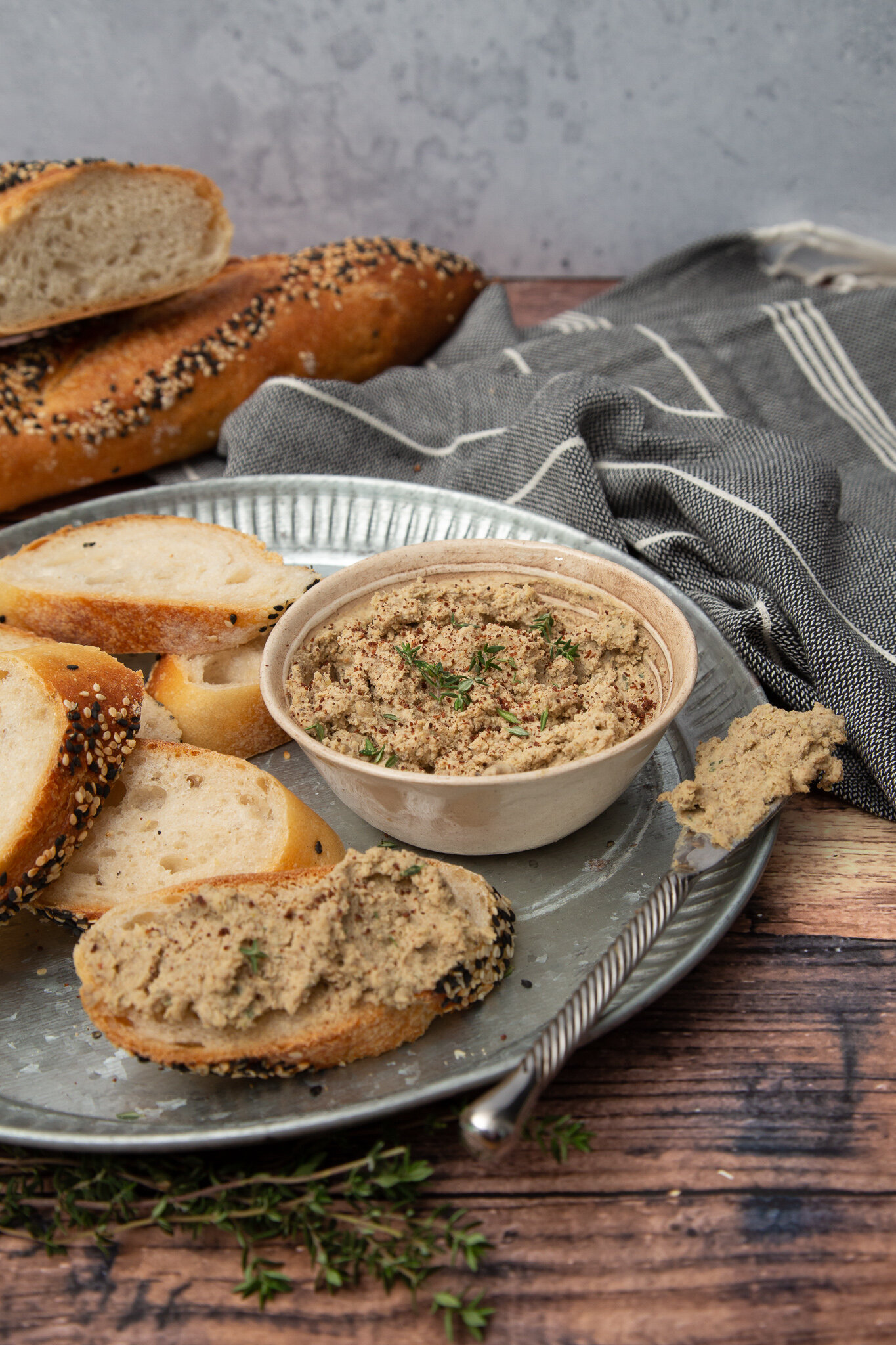Nose-To-Tail Eating in Aotearoa - A Deep Dive
When it comes to nose-to-tail eating people are either firmly in favour or are in the camp of ‘Nah, not going there’. Rod Slater, butcher and CEO of Beef + Lamb New Zealand remembers the time lamb shanks were thrown to the dogs, now they’re a high-value and delicious cut of meat. Lamb shanks, along with many other cuts of meat and offal, are included in nose-to-tail eating, which sees nearly every part of an animal eaten. We reckon you should never say never, and we’re leading the way with our nose-to-tail campaign throughout July.
Offal, or the organ meats such as kidney, liver, heart, tripe, sweetbreads, tongue and brains are included in nose-to-tail eating, but in recent years eating these parts of the animal has lost popularity in Western culture. For those with an interest in food anthropology, we’ve done a bit of a deep dive into the history of nose-to-tail cuisine in Aotearoa.
1860s
Mrs Beeton's Book of Household Management was the most common cookbook in New Zealand homes in the 19th century. First published in London in 1861, it provided home cooks with recipes, domestic advice and delightful nose-to-tail recipes.
One recipe called Mock Turtle involved stuffed calf’s head, using the brains with a stock made with cow’s heel thrown in for good measure. The description of how to scoop out said organ sounded like something out of an Indiana Jones movie. In fact, Mrs Beeton used ox or cow’s heel for stocks in several recipes, including a Scotch broth with oatmeal called Kale Brose. Boiled cow’s udders were also used for French forcemeats (a mix of mince and other ingredients) and required some dedication to the cooking and preparation process.
This cookbook provided strong evidence that every part of the animal was put to use and it certainly gives one a greater appreciation for our butchers and admiration for early pioneer women.
1900s
New Zealand cookbooks from the turn of the 20th century continued to feature nose-to-tail recipes. In her successful series of cookbooks focussing on economic cookery, Dunedin’s Mrs Elizabeth Brown Miller, featured recipes such as Dressed Sheep’s Head, Stuffed Sheep Heart, Stewed Sheep Tongues, and Lamb’s Head Pie, including the brains. Tongue was often mentioned as a cold cut meat option and liver and bacon was often paired with kidney or liver as a breakfast option.
1940s
During World War II, New Zealanders experienced food rationing, with much of the quality meat cuts sent off for the soldiers. Housewives left at home could sustain their desire for meat by purchasing food such as tripe, liver, kidneys, hearts, tongues, brains, sweetbreads, oxtail, the heads and feet of calves and sheep, coupon free. These nose-to-tail foods contributed to nutritionally sustaining the population at the time.
Cookbooks published during the rationing period of the 1940s were an important source of nutrition information and featured inventive ways for home cooks to experiment with nose-to-tail options. Nose-to-tail cuts featured prominently in recipe books by The New Zealand Women’s Food Value League, which published ‘Rationing Without Tears’, where eight of the eleven meat recipes used offal.
1950s and 1960s
After the war, as the food supply returned to normal, New Zealanders returned to their traditional diet. However, as a result of war-time diets, Kiwis were familiar with the taste of offal and how to cook it. For this reason, offal and other cuts remained part of New Zealanders diets into the 50s and 60s.
Food anthropologist, Emeritus Professor Helen Leach, ONZM, author of ‘Kitchens – The New Zealand Kitchen in the 20th Century’ recalls “I was born in 1945 and my memories of meat eating during the 1950s included roast hogget for special occasions, boiled mutton, tripe, stuffed hearts, liver and bacon, kidneys, tongues (delicious!), sweetbreads, pig heads, oxtail, and the most special of all - brains -which I requested for my birthday every year”.
A 1957 edition of the ‘Edmonds Cookery Book’ features recipes some of us are probably more familiar with, such as Liver and Bacon, Oxtail Stew, Steak and Kidney Pie, Tripe with Milk and the delightful sounding Tongue Mould. While the 1968 edition of ‘The Aunt Daisy Cookbook’ stepped it up a notch with more sophisticated options, such as Kidney Turbigo, Liver Pie, Tongue Casserole and Stuffed Tripe.
1970s to 1990s
An unscientific and quick poll around the Beef + Lamb New Zealand office found those between 25 and 40 years of age had very little exposure to offal, most having tried chicken livers and pâté and one having eaten sweetbreads at a restaurant. Black pudding (made from animal blood) was still a favourite with some. From the 1970s onwards, offal eating was beginning to wane as the range of protein choices people could choose from increased and became more affordable. Recipe books and menus from that era rarely feature nose-to-tail eating, with liver and kidneys sometimes making the occasional appearance.
2000s
Today, nose-to-tail eating has really fallen away. It only occasionally features in contemporary cookbooks with the 69th (2013) edition of the Edmonds Cookbook including only two kidney recipes and one liver recipe.
Today, most of New Zealand’s offal is exported overseas. It goes mainly to China, as their culture still includes these parts of the animal in their diet, but also to the UK and Indonesia. The offal cuts commonly available has narrowed with supermarkets today selling mainly kidney, liver and heart, however nose-to-tail cuts of oxtail, neck, beef bones and shin are still commonly available. These cuts are still enjoyed by the older generation who became familiar with them during their youth or newer immigrants who still include nose-to-tail eating as part of their diets. Quality Mark butcher shops will still supply many of the less common nose-to-tail cuts. If you are interested in giving them a go, have a chat with your butcher and ask them for tips on preparation.
All things considered, it may not be the end for nose-to-tail eating. In the UK there’s a movement happening to encourage nose-to-tail eating; this is being led by British chefs Fergus Henderson and Hugh Fearnly-Whittingstall. Back here it’s exciting to see it being picked up on our shores, with advocates such as A Lady Butcher Hannah Miller-Childs, who trained under Fergus, Love Food Hate Waste who see the environmental positives of eating nose-to-tail, and many innovative and creative chefs leading the way.
Research suggests the younger generation may have a certain ‘revulsion’ at the thought of eating offal. However, some foodies in the UK, Australia and New Zealand are beginning to patronise restaurants for the sole purpose of gaining an offal experience. We’ve seen a turnaround in popularity with lamb shanks and beef cheeks (both nose-to-tail cuts) so we’ve got our fingers crossed that some other nose-to-tail cuts can be loved by New Zealanders again.
Recipes have certainly come a long way since Mrs Beeton’s days and you’ll find many offbeat, nose-to-tail recipes are delicious (and nutritious) making the most, of what seems to most people, the unpalatable parts of the animal. Check out some of our recipes below to expand your palate.





